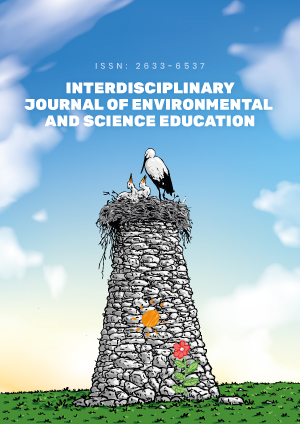Abstract
The traditional elementary science education setting in the Philippines mainly focuses on using macro-organisms as a biological model. To introduce the fundamental environmental concepts of microbial predation and other related environmental concepts such as decomposition, nutrient cycling and species interaction to the young elementary Filipino students, an initial pilot study was conducted in a small class-sized setting of one international school in the Philippines. Our goal was to (i) design an activity-based teaching program utilizing the constructivist 5E (engage, explore, explain, elaborate and evaluate) method using solely slime moulds as an example organism and (ii) obtain the impression of the students regarding the activity-based teaching program. A purposive sampling size with a total of 45 number of students aging from 10-12 years old were divided into control (16) and experimental (29) groups. Likert scale survey was also given to the student experimental group to assess their overall impression about the newly developed teaching program. Significant differences on test scores between the control and experimental group and the high priority mean scores given by the experimental group points out the effective facilitation of the program. Hence, innovations in teaching pedagogies for difficult science concepts such as the development of the Slimy Business teaching program improves not only the learning quality of the young learners but as well as their environmental appreciation. Applying such novel teaching approach in the conservative Philippine elementary schools is recommended.
License
This is an open access article distributed under the Creative Commons Attribution License which permits unrestricted use, distribution, and reproduction in any medium, provided the original work is properly cited.
Article Type: Research Article
INTERDISCIP J ENV SCI ED, Volume 16, Issue 2, 2020, Article No: e2214
https://doi.org/10.29333/ijese/7818
Publication date: 28 Feb 2020
Article Views: 8702
Article Downloads: 7569
Open Access References How to cite this article
 Full Text (PDF)
Full Text (PDF)